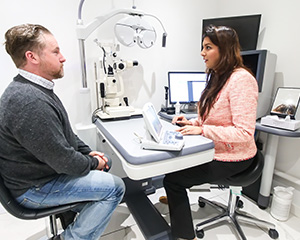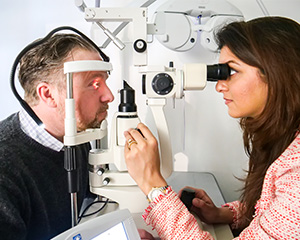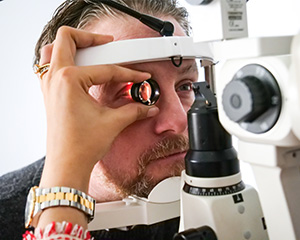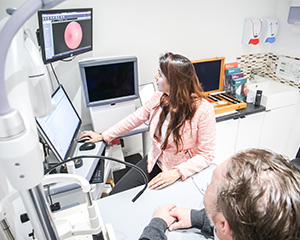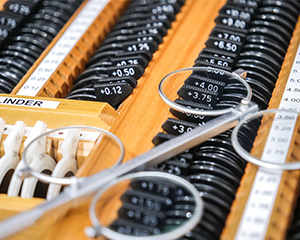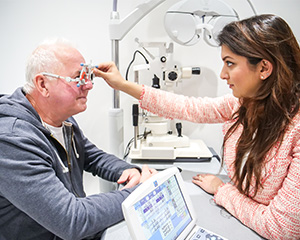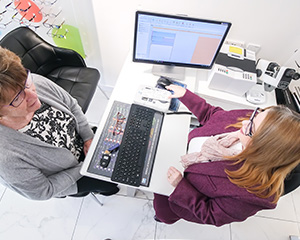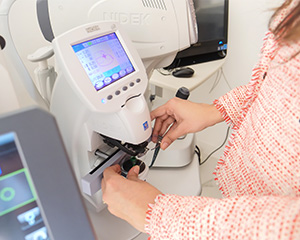OUR EQUIPMENT
We continually invest in the best possible equipment so we can continue to give you the best possible eye care. We also make sure we’re properly trained in how to operate the equipment and interpret the information it gives us. After all, even the best technology is only as good as the people who use it.




